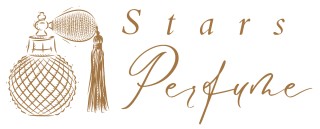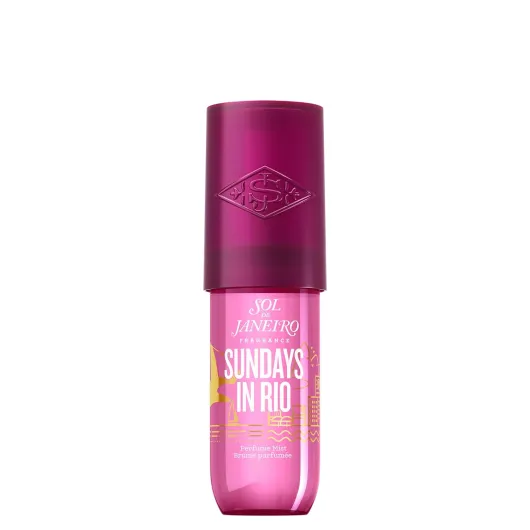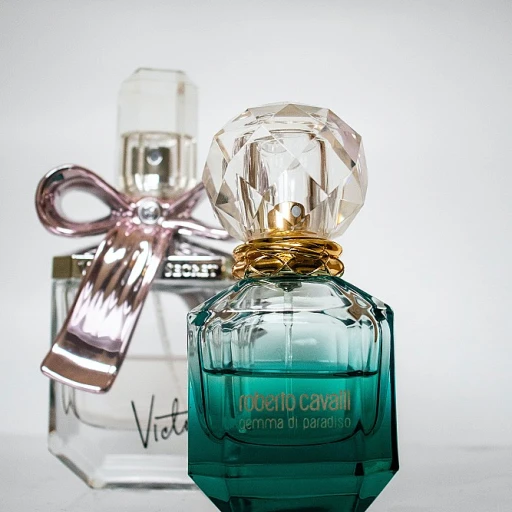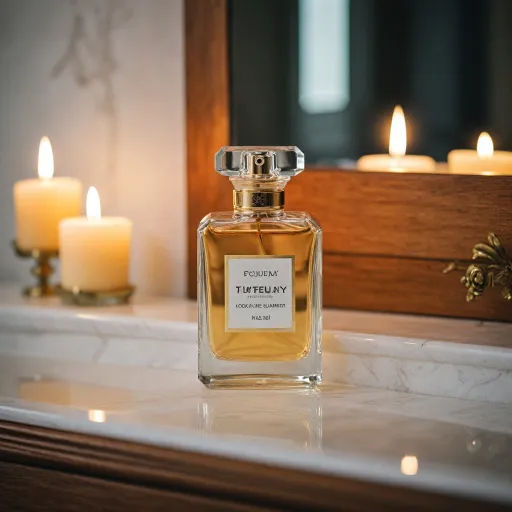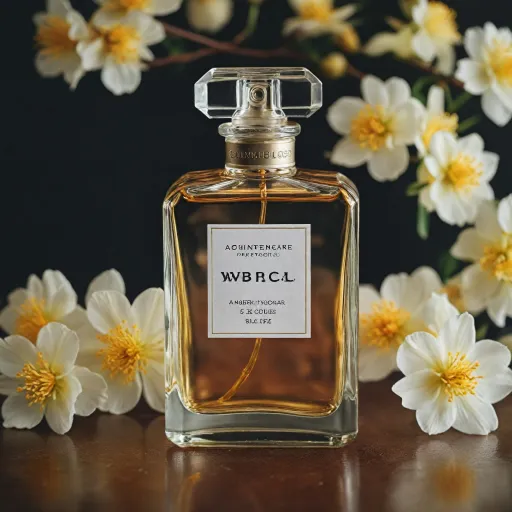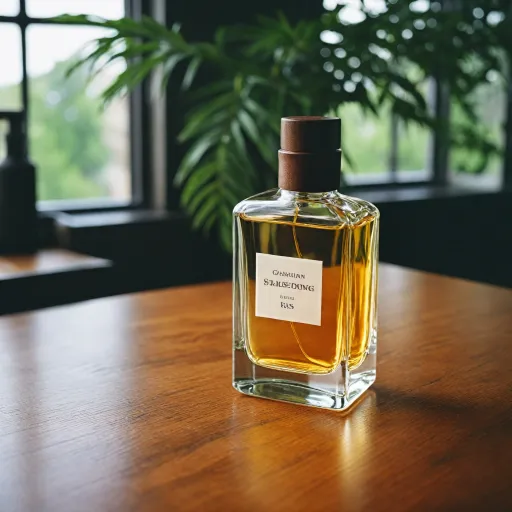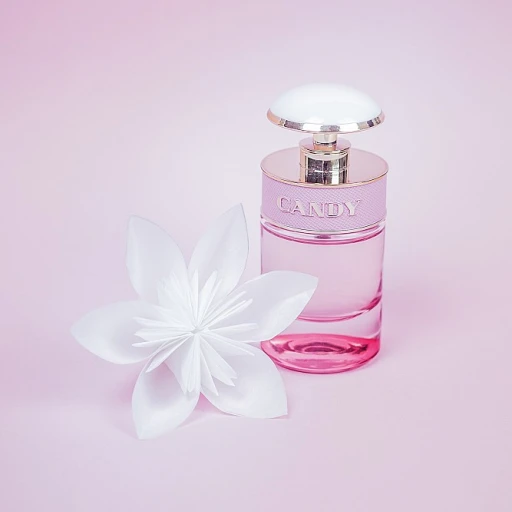
Origins and extraction of pink pepper
From South American Berries to Perfume Bottles
Pink pepper, despite its name, is not related to traditional black pepper. The small, rosy-hued berries come from the Schinus molle and Schinus terebinthifolia trees, native to South America. These pink peppercorns are cherished for their vibrant color and their unique, spicy floral aroma, which sets them apart from the sharper, more pungent scent of black peppercorns.
In perfumery, the extraction of pink pepper’s scent is typically achieved through steam distillation or CO2 extraction of the dried berries. This process captures the essential oil, preserving the delicate balance of spicy, fresh, and slightly sweet notes that make pink pepper so distinctive. The resulting oil is a favorite among perfumers for its ability to add brightness and a modern twist to both men’s and women’s perfumes.
What does pink pepper smell like in a fragrance? The answer is nuanced. Its scent profile is often described as a lively blend of soft floral, citrusy, and gently spicy notes, sometimes with a subtle hint of fruitiness. This complexity allows pink pepper to play a versatile role in modern perfume compositions, from vibrant eau parfum blends to more subdued, peppercorn fragrance creations.
Pink pepper’s journey from South American forests to the heart of contemporary fragrances highlights its growing popularity among perfume lovers. Its unique scent pink signature is now a staple in many iconic perfumes, offering a fresh alternative to classic spicy notes. For those curious about how extraction methods can influence the longevity and character of a perfume, exploring how extraction impacts perfume longevity provides deeper insight into the artistry behind your favorite scents.
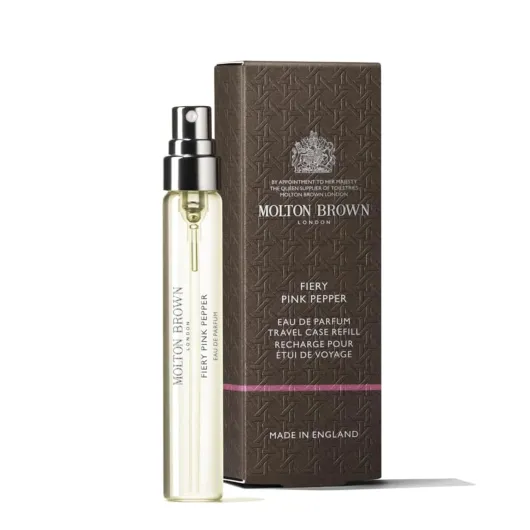
First impressions: the initial scent of pink pepper
What Does Pink Pepper Smell Like?
When you first encounter pink pepper in a perfume, the scent is immediately intriguing. Unlike the sharper, more pungent aroma of black pepper, pink peppercorns offer a softer, more nuanced introduction. The initial impression is bright and lively, with a spicy kick that feels both fresh and slightly sweet. Many describe the opening notes as having a rosy, almost floral undertone, which is why pink pepper is often chosen for modern, spicy floral compositions.
Pink peppercorns, despite their name, are not true pepper but the dried berries of the Schinus molle or Schinus terebinthifolia tree. This botanical difference is reflected in their scent profile. The aroma is less aggressive than black pepper and more complex, blending spicy, citrusy, and subtly woody elements. The result is a unique note that can brighten a fragrance without overwhelming it.
- Spicy yet soft: The spice is present but never harsh, making it approachable even for those who shy away from strong pepper notes.
- Floral and rosy: There’s a gentle floral aspect, reminiscent of soft petals, which pairs beautifully with other floral notes like orange blossom or rose.
- Sweet and fresh: A hint of sweetness rounds out the scent, giving it a pink, almost juicy character that feels uplifting and modern.
In the world of perfume, pink pepper is often used to add a sparkling, effervescent quality to the top notes. It can make a fragrance feel more vibrant and contemporary, especially when blended with vanilla, citrus, or soft floral accords. This versatility is one reason why pink pepper has become a favorite among perfumers and fragrance lovers alike.
For those curious about how pink pepper fits into the broader context of perfume creation, exploring fragrance sizes and their impact on scent experience can offer additional insights into how this note is used across different formats and concentrations.
The evolution of pink pepper in a fragrance
How pink pepper transforms throughout wear
When you first encounter pink pepper in a perfume, its scent is often lively and sparkling, with a spicy kick that feels both fresh and slightly fruity. But what does pink pepper smell like as the fragrance develops on your skin? This is where the true character of pink peppercorns reveals itself. As the top notes settle, the initial burst of pepper pink softens. The spicy, peppery edge gives way to a more nuanced aroma—sometimes reminiscent of soft floral or even a subtle citrusy sweetness. This evolution is what makes pink pepper so unique among fragrance notes. Unlike black pepper, which can remain sharp and assertive, pink peppercorns tend to mellow, blending seamlessly with other notes like vanilla, orange blossom, or even woody accords. The middle phase of a perfume featuring pink pepper often highlights its ability to bridge the gap between spicy and floral. In some eau parfum compositions, you might notice how the pink peppercorn fragrance supports and enhances both the heart and base notes, creating a multidimensional scent profile. This quality is especially valued in modern perfumes that aim for complexity without heaviness. As the fragrance dries down, pink pepper can leave a lingering, slightly sweet spiciness that feels both clean and sophisticated. It’s this lasting impression that keeps perfume lovers coming back to pepper perfumes. For those curious about how earthy and spicy notes interact in perfumery, you might enjoy reading about the allure of earthy fragrances. In summary, the journey of pink pepper in a perfume is dynamic: it starts bright and spicy, softens into a floral or citrusy heart, and finishes with a gentle, lingering warmth. This evolution is what sets pink pepper apart as a modern classic in the world of fragrance.Pairing pink pepper with other fragrance notes
How Pink Pepper Interacts with Other Notes
Pink pepper is a fascinating ingredient in perfumery because of its versatility. Its scent is often described as spicy, fresh, and slightly rosy, with a soft floral nuance that sets it apart from black pepper. When perfumers blend pink pepper with other fragrance notes, it can either amplify or soften the overall composition, depending on what it is paired with.
- With Florals: Pink pepper adds a modern, sparkling twist to classic floral notes like rose, jasmine, or orange blossom. The spicy floral edge makes the bouquet feel more vibrant and less powdery, giving a contemporary feel to traditional scents.
- With Citrus: The zesty, peppery top of pink pepper pairs beautifully with citrus notes, enhancing the freshness and adding complexity. This combination often appears in summer perfumes and eau parfum blends for a lively, uplifting effect.
- With Woods and Resins: When matched with woody or resinous notes, pink pepper brings a crisp, spicy accent that keeps the base from feeling too heavy. It helps balance the richness of ingredients like sandalwood or amber, making the overall scent more dynamic.
- With Gourmand Accords: Pink pepper can also be found in perfumes with vanilla or sweet notes. Here, it cuts through the sweetness, preventing the fragrance from becoming cloying and adding a sophisticated twist.
- With Other Spices: While black pepper offers a sharper, more pungent aroma, pink peppercorns provide a softer, more nuanced spice. When blended together, they create a layered spicy effect that is both intriguing and unique.
What does pink pepper bring to a perfume? It acts as a connector, linking different fragrance notes and creating a seamless transition from top to base. Its ability to be both spicy and soft makes it a favorite among perfumers who want to craft a scent that feels both familiar and unexpected. Whether in a pepper perfume or as a supporting note, pink peppercorns help create a signature that stands out in the crowded world of parfum.
Why perfume lovers are drawn to pink pepper
What draws fragrance lovers to pink pepper?
For many perfume enthusiasts, pink pepper is more than just a spicy note. Its unique scent profile—fresh, slightly rosy, and subtly spicy—offers a modern twist that stands out in both classic and contemporary fragrances. Unlike black pepper, which can be sharp and pungent, pink peppercorns deliver a softer, more nuanced aroma. This makes them a favorite among those who appreciate complexity in their perfume choices.
- Versatility: Pink pepper blends beautifully with a range of fragrance notes, from soft floral accords like orange blossom to creamy vanilla and even woody or citrus elements. This adaptability allows perfumers to create scents that feel both familiar and unexpected.
- Modern appeal: The scent pink pepper brings is often described as "spicy floral" or "pepper pink," adding a contemporary edge to perfumes. It’s a note that feels current, yet timeless.
- Layering potential: Pink peppercorn fragrance can add brightness and lift to heavier notes, or bring a subtle warmth to lighter, more delicate compositions. This makes it a popular choice in eau parfum and parfum formulations.
- Distinctiveness: Many perfume lovers are drawn to what pink pepper does for a fragrance—it creates a signature, memorable impression without overpowering the other notes. It’s the kind of note that makes people ask, "What does that perfume smell like?"
Brands often use pink pepper to add a sparkling, effervescent quality to their perfumes. Whether paired with vanilla for a creamy-spicy effect, or with floral notes for a soft floral twist, pink peppercorns help create fragrances that feel both approachable and unique. This balance of familiarity and innovation is a big part of why pink pepper continues to captivate the fragrance community.
Notable perfumes featuring pink pepper
Perfumes Where Pink Pepper Shines
Pink pepper has become a signature ingredient in modern perfumery, offering a spicy yet soft floral twist that appeals to many fragrance lovers. Its unique scent profile—fresh, peppery, and slightly rosy—makes it a favorite among both niche and mainstream perfume houses. Here are some notable perfumes where pink peppercorns play a starring role, demonstrating the versatility and allure of this note.
- Yves Saint Laurent Black Opium Eau de Parfum: This iconic fragrance blends pink pepper with vanilla and coffee, creating a spicy floral gourmand that is both bold and addictive. The pink pepper adds a sparkling, energetic top note that contrasts beautifully with the creamy base.
- Chloé Eau de Parfum: In this soft floral composition, pink pepper brings a subtle spicy lift to the classic rose and peony heart. The result is a modern, feminine scent pink lovers often gravitate toward for its freshness and lightness.
- Maison Francis Kurkdjian Amyris Femme: Here, pink peppercorns are paired with citrus and iris, giving the perfume a radiant, pepper pink opening that evolves into a powdery, woody drydown. The spicy note is balanced by the soft floral and woody accords, making it a sophisticated choice.
- Jo Malone London Peony & Blush Suede Cologne: Pink peppercorn fragrance notes add a crisp, lively edge to the lush floral heart, enhancing the perfume’s playful and elegant character.
- Hermès Twilly d’Hermès: This fragrance is a celebration of spicy floral notes, with pink peppercorns leading the way. Ginger and tuberose join in, creating a vibrant, youthful scent that stands out for its originality.
What does pink pepper bring to these perfumes? It’s the ability to bridge the gap between citrus, floral, and woody notes, adding depth and a touch of intrigue. Whether paired with vanilla for warmth, orange blossom for brightness, or black pepper for extra spice, pink peppercorns offer a unique twist that keeps perfume enthusiasts coming back for more. The next time you explore a new fragrance, notice how the pink pepper note interacts with other ingredients—sometimes it’s the secret behind that unforgettable first impression.
